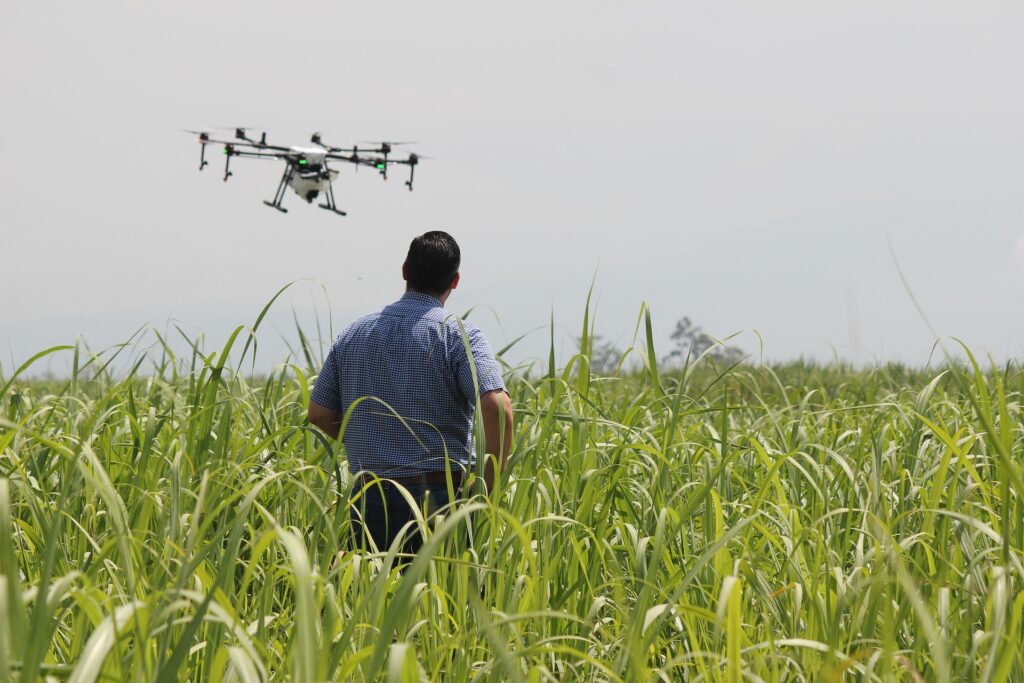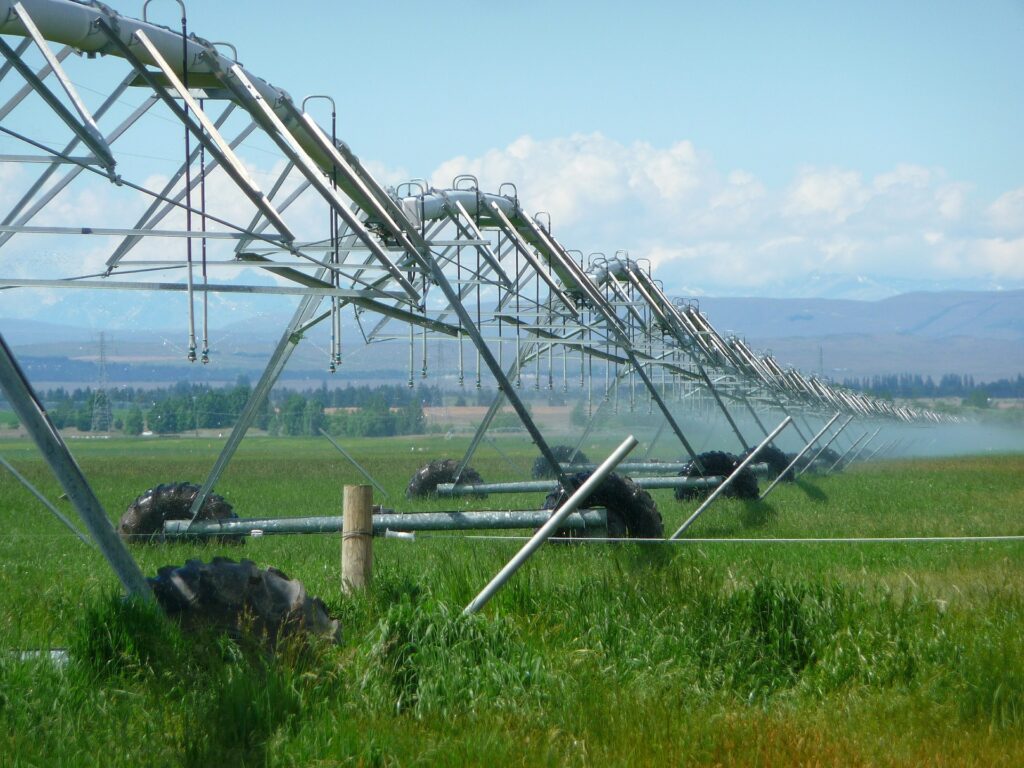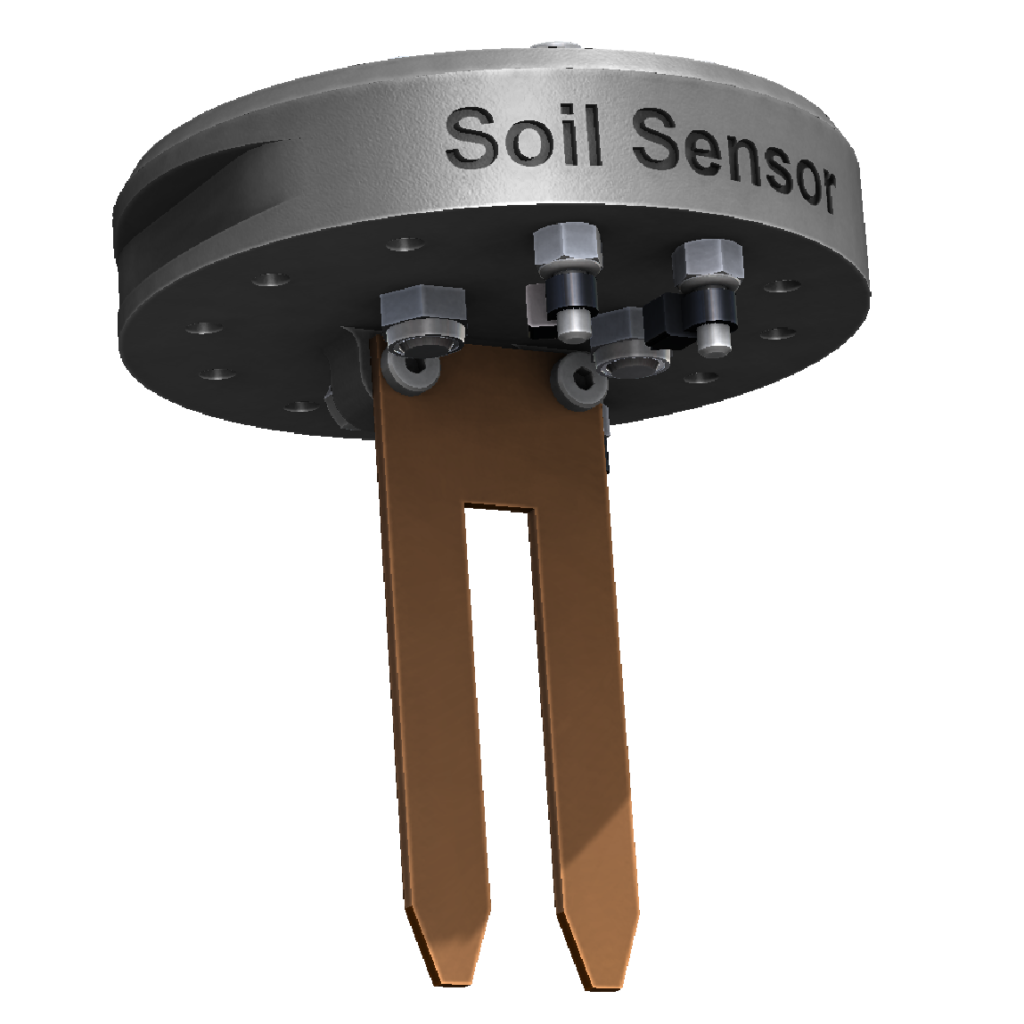The final interview is a pivotal moment to land your dream opportunity. It's…
Precision Agriculture: New Technology Increasing Agricultural Productivity
Photo by Pixabay
Most of the people, especially in the rural areas, depend on agriculture as one of the major sources of livelihood. However, farmers rely on the traditional way of farming based on the indigenous agricultural practices that have been passed on for generations.
Conventional farming is less expensive compared to organic farming. Organic farming uses composts and animal manure which costs a lot to ship. Another advantage of this method is that it produces more yields because it uses a larger area of land to plant and produce more crops and it doesn’t apply crop rotation.
However, traditional farming has some disadvantages. According to an article written by Travis Athougies in 2014, agriculture is the single largest consumer of fresh water in the world at present which is problematic because there is a limited supply of freshwater that is needed not only for farming but also for drinking, cooking and other purposes.
This method also results in the proliferation of pests since worms, beetles, and other insects prey on plants that thrive on conventional farms. As a result, farmers are using pesticides to control the growth of bugs.
The United States Environmental Protection Agency or US EPA cited that almost 877 million pounds of pesticides are used in about 408 million of farmland in the US. These pesticides will later run off to bodies of water which makes them unusable for consumption.
In the recent years, researchers and scientists are finding other effective farming methods that are environmental-friendly and sustainable, hence, the birth of precision agriculture.
Remi Schmaltz, CEO of Decisive Farming, a Canadian software program for farms, described precision agriculture as a farm management approach which uses information technology and other monitoring devices to have a more accurate and controlled way of growing crops and raising livestock. Precision farming is also known as satellite farming or site-specific crop management.
Precision agriculture started when John Deere first introduced the use of GPS location data from satellites to control a farmer’s tractor based on the coordinates of a field back in the early 90s. This method reduces steering errors which means less seed, fertilizer, fuel and time will be wasted.
CEMA presents farming innovations in a 4 step crop growth cycle:
With the continued rise of the global population, precision farming can greatly impact food production by helping the farmers achieve superior environmental protection and sustainability, greater productivity and economic benefits.
CEMA stated that for the past decade, precision farming has moved from good science to good practice with 70-80% unprecedented global growth. It means that new farm equipment sold today contains a precision farming component.
According to Forbes magazine, this industry is expected to grow from $730 Million to $2.42 Billion by 2020. The Federal Aviation Authority or FAA released a statement that the number of commercial drones and drone operators will increase 4 times over the next five years. It is expected that there will be nearly half a million drones in action by 2020.
To date, there are at least 10 technologies that are shaping today’s precision agriculture according to PrecisionAg’s editor Eric Sfiligoj:
- GPS/GNSS
Photo by Pixabay
Precision agriculture wouldn’t be where it is today without this technology. With the use of GPS/GNSS, managing the field becomes easier and more accurate. In fact, T.J. Schulte, Marketing Manager for Trimble Agriculture Division stated that “In North America and Europe, growers can turn on the tractor and get to work almost immediately.”
- Mobile Devices
Photo by Pixabay
As of 2016, most precision agriculture manufacturers try to expand the capabilities of mobile devices to provide accurate information fast. Dr. Marina Barnes, Vice President of Marketing for FarmerEdge noted that in this kind of business, there is a 20-minute rule in delivering the information to the user and this is only possible with the integration of precision agriculture to mobile devices.
- Robotics
 Photo by Pixabay
Photo by Pixabay
Robots have already been helping farmers in various tasks such as planting greenhouse crops and pruning vineyards. The most interesting agricultural innovation in robotics has been the autonomous machine remotely controlled using telematics. Engineers from Kinze, a market leader in innovating, durable and high-quality planters and grain carts, have created an autonomous grain cart system that can be plugged into any tractor
In 2011, AGCO’s Fendt Guide Connect leader-follower technology was used to connect two machines via GNSS signal and radio, so that both can be controlled by a single driver.
In addition, the Fendt MARS (Mobile Agricultural Robot Swarms) project utilizes small corn seeding robots that are lightweight, energy-efficient, highly agile, cloud-controlled and operated from a tablet app.
- Irrigation
Photo by Pixabay
John Campbell, Manager of Technology Advancement and Adoption with Valley Irrigation said that telemetry allows farmers to remotely monitor and control nearly every facet of their irrigation system which helps those farmers to save water, time, fuel, and wear and tear on vehicles. He also predicted that there will be integrating soil moisture monitoring, weather data and variable-rate irrigation or VRI in their systems.
In addition, Ze’ev Barylka, Director of Marketing and Sales at Netafim USA mentioned that Precision Mobile Drip Irrigation is used to deliver water directly to the soil surface, evaporation and wind drift are virtually eliminated, allowing more water to reach the root zone.
- Internet of Things (IoT)
Photo by Pixabay
“Internet of Things” (IoT) is creating a buzz over the past few years. IoT is the concept of connecting any device with an on/off switch to the Internet (and/or to each other). This network of connected things could also include people with wearable devices. For example, the owners use IoT to easily access and monitor appliances, security systems, and the likes at the comfort of his or her home. The difference between using IoT (e.g. Low Power Wide Area Network or LPWANs) and mobile devices is that the devices that communicate with the LPWA networks do so with very low power. The battery life is substantially longer than the cellular offerings. This, together with low-cost network usage, provides a strong total cost of ownership advantage over other alternatives.
- Sensors
Photo from Wikipedia Commons. Acknowledgment goes to FarmBot
Wireless sensors are used for data collection on soil water availability, compaction, fertility, leaf temperature, leaf area index, plant water status, local climate data, insect-disease-weed infestation, etc.
We have sensors used in water management to increase water regulation and to address water scarcity.
There is also a weed detection sensor available in the market which is created for precise site-specific application of herbicides.
- Variable Rate Seeding
“It appeals to a growers’ natural inclination to try to maximize a field to take advantage of all of the possibilities of increasing the yields possible by paying extra attention to the factors that impact seed growth,”
This is what Sid Parks, Manager of Precision Farming for GROWMARK, said about the link between VRA and precision agriculture. He also added that VRA seeding relies on the grower’s ability to gather accurate information for the start of the agricultural process – the seed itself.
In addition, Parks believes that VRA seeding, as a category, has a lot of room for growth.
“Although folks have been using VRA seeding practices since the mid-1990s, it still is probably only being used on 5% to 10% of the planted acres today,” says Parks. “But the ability to gather good, useful data for VRA seeding is getting much better, so the chances of more growers using this practice in their yearly operations will continue to improve going forward.”
- Weather Modelling
Weather plays a key role in agricultural productivity in terms of growth, development, and yields of a crop, incidence of pests and diseases, water needs and fertilizer requirements.
Iteris, Inc., a global leader in applied informatics for transportation and agriculture, has been in the data modeling business for over 3 decades. Their first agricultural system called ClearAg creates a platform for agriculture and expands into other modeling areas such as water use, soil properties, and crop growth.
For instance, a grower discovered that harvesting a crop at a certain temperature helps maintain crop quality and integrity. Instead of going to the field to personally assess soil temperature, he or she can use a weather modeling system like ClearAg to conduct soil readings remotely and efficiently.
- Nitrogen Modelling
SST Software has partnered with Agronomic Technology Corp. (ATC) recently to introduce Adapt-N. ATC’s CEO Steve Sibulkin mentioned that Adapt-N was initially introduced in 2014 and is becoming an essential instrument for proper nitrogen use management.
“There’s a belief in agriculture that today’s environmental pressures will only get worse as the industry moves forward,” says Sibulkin. “The vast of majority of growers want simple methods to use to be able to address these concerns. That’s what Adapt-N and other nitrogen modeling processes are currently bringing to the table.”
- Standardization
For an industry that is increasingly growing, there is a call for compatibility across equipment manufacturers’ components. About 8 years ago, efforts have begun to implement these standards with the formation of the Agricultural Industry Electronics Foundation, a group of more than 170 companies, associations and organizations that are actively collaborating for this cause.
However, there is still frustration over industry participants that have to deal with equipment compatibility “on the ground”. Third-party tech experts are still struggling to manage competing suppliers’ products.
According to Tim Norris, CEO of Ag Info Tech, LLC, hopefully, there will be a point where components get to be pretty much plug-and-play, but it’s still a real issue.
It is undeniable that farmers have access to a vast amount of information and they are just clueless as to how they will use it. With precision agriculture, it’s easier to analyze big data in a short period of time and to help us take the best course of action depending on the data that is presented at hand.
Over the next few years, we should expect more from industry and technology companies when it comes to exploring the possibilities of integrating technology in precision agriculture to address food production that is sufficient to feed the world’s population projected at 9 billion by 2050.










